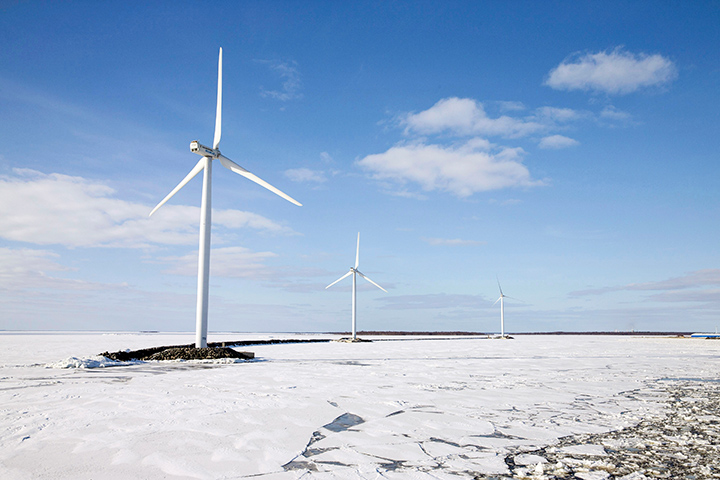“Teuva will soon have more generating capacity, as we are currently building 21 new wind power plants,” says Reima Neva, Vice President of Energy Management at EPV Energy.
The Teuva project is a market-based wind power investment with no public subsidies. Neva says that this will be noteworthy going forward:
“The owners are now making decisions based on the market price.”
According to Reima Neva, EPV Energy has been participating in the balancing power market – in practice, mainly the down-regulation market – “to some degree”.
“We have different modes of energy generation, ranging from nuclear power and CHP plants to hydroelectric power, and we act as a balance responsible party. We aim to participate in markets in every way.”
Neva, who is a member of Fingrid’s electricity market committee, notes that risk management plays a crucial role in energy generation. For wind power, the price of imbalance power constitutes a particularly large risk, as the output cannot be controlled in the same way as with other modes of generation.
According to Neva, wind power also indirectly carries capacity risks that could affect society as a whole. As such, operations have their own political risks – how can operators react to disruptions?
“If the market were more transparent, it would not take much to reduce the probability of high imbalance power prices. More real-time data on prices in the balancing power market, realised volumes and offer book volumes could help to balance out the entire electricity system,” Reima Neva says.
This could lead to quicker reactions in the event of shortages of various types in the balancing power market, as well as the intraday market. Fingrid has already made occasional efforts in this direction under certain circumstances, Neva points out.
“These activities could be continuous, and trading between operators could be possible until the beginning of an imbalance settlement period.”
According to Reima Neva, it is critical to the onward development of the ground rules that every type of operator is treated impartially.
“The transition to a single-balance model will be a step forward for the commercial balancing of wind power generation when it becomes possible to make direct use of consumption units to compensate for imbalances.”
This will enable electricity to be consumed for heating, as well as a broader overall optimisation of energy generation and consumption.
“For this reason, it is very important for generation and consumption to be treated on equal terms from the perspective of imbalance power costs,” says EPV Energy’s Reima Neva.






